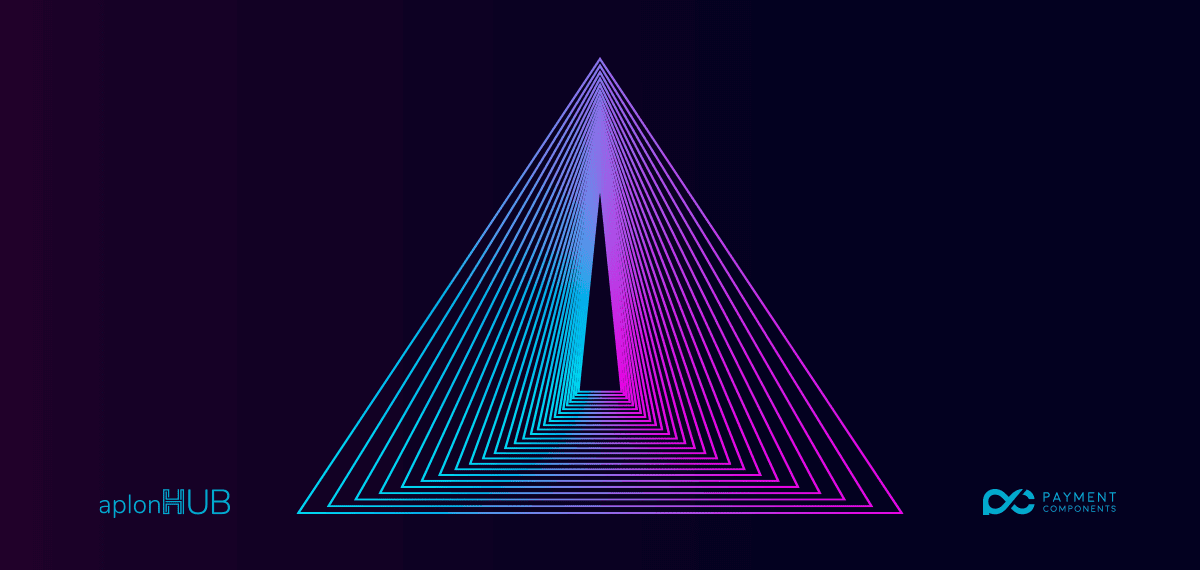How to manage all your Payments Messaging with One System
With new regulations and payment systems being continuously rolled out, managing a bank’s payment infrastructure is becoming increasingly complex. Banks need to integrate with new acquisitions, localize their technology stack to the countries they move to, and keep up with standard payment integrations. And if they don’t, their payments messaging becomes siloed and causes system delays, errors, and increased costs.
How can small banks and electronic money institutions efficiently keep up with the constant stream of new releases? At Payment Components, we have a solution that allows banks to manage all payment flows within the same system.
The issues with the current payment systems
Each country has its own domestic payment service and each bank and group may have its own messaging system. So far, the dominant messaging standard used for the last decades has been SWIFT MT. But this international standard has reached its limits as the industry needed a messaging protocol able to carry more data and requiring fewer manual intervention.
In addition to this, the demand for instant payments is growing. In the UK, the use of Faster Payments has seen an increase with double digits quarter on quarter. And growth is similar all over the world. According to Deloitte, real-time payments help increase working capital, improves the efficiency of the financial system, enhances financial inclusion, and reduces the cost of payment systems. Clearly, the trend is moving towards instant payments and ISO 20022 is the messaging standard that can be used for all types of financial communication.
How to manage payments with one system
There are a huge number of benefits to managing payments with a new protocol such as the ISO20022. Firstly, it can transfer a lot more data and therefore enable banks to build informational structures and make data-driven decisions. Secondly, it offers long term benefits for the economy as it allows for more flexibility and innovation in the financial sector.
It’s a protocol that acts as an enabler because it offers a much more organized way to manage payments messaging. Two of the main features are that messaging components are reused rather than created from scratch for each message, and the format (syntax) is separate from the semantics, making it easier to understand messages wherever they come from. ISO20022 is there to help improve communication, understand messages from other institutions, and enhance cooperation. The vast majority of the payments around the world will have migrated to the ISO20022 by 2022.
SEPA, the EURO area payment integration initiative, also utilizes ISO20022 to offer low-value transfers at minimal cost and real-time payments thought the SCT Inst scheme.
That’s why the best strategy is to implement a system that can manage all types of payment protocols. One that keeps up to date with new releases, and also integrates with ISO20022, SWIFT MT, SEPA and proprietary payment protocols. With a web-based end-to-end solution, banks and financial institutions can add payments to their core system in a simple plug-in application. The upfront time and investment needed to install it is minimal, and the system is specifically built to integrate seamlessly with different banking core systems.
Keeping up with new releases and payment infrastructures should not be expensive and time-consuming. Forget fragmented legacy systems - with payment systems like aplonHub, your bank can use the same technology that fintechs use and take advantage of the newest payment standards without creating more siloes.

